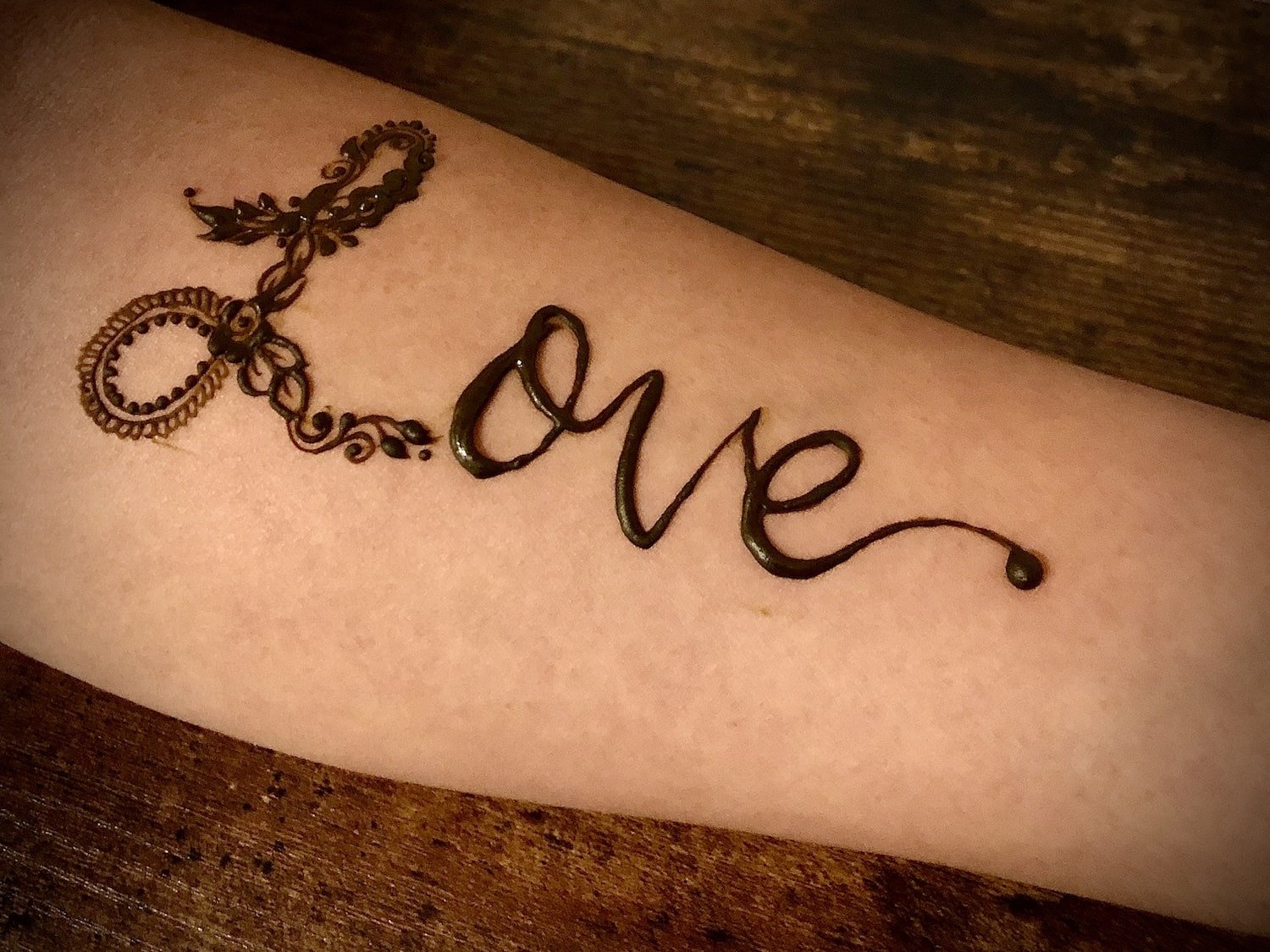Hi, I’m Hala Maria.
I’m a henna lover and enthusiast dedicated to bringing awareness about the importance of natural henna through my art, and supplying natural ingredients so new and seasoned artists can safely adorn their clients.
How I started...
I’ve always been fascinated by the creativity of henna artists.
Getting henna was my favorite part of holiday bazaars, and I’d be in awe at how they’d create different designs on everyone from memory without looking at design books, templates, anything.
I’d always ask them (the second most frequent question) I get asked: how do you come up with all these designs?! I never dreamt I’d get asked that same question!
Fast forward to May 2005, the first time I picked up a henna cone, and it was love at first squeeze! Since then, I’ve religiously attended henna conferences and taken courses to learn as much as I can and to elevate in my craft. The more I learn, the more I can share and implement with (and on) YOU.
My motto is quality over quantity.
I’m a personable introvert and I enjoy spending one-on-one time with clients. Henna sessions aren’t just about doodling on your skin; they’re about the whole experience. Henna helps relax and uplift the body, mind and soul: the refreshing aromas of the henna paste mixed with essential oils, the adornment process itself, and the personal connection through conversations and laughs shared during our special time together.
Book a session and see for yourself. You are worth it!
FAQ
-
Black henna is NOT henna. It is filled with dyes, toxic chemicals and preservatives that have caused allergic reactions ranging from a mild rash to permanent burning/scarring, and even death.
⛔️ THIS FAKE HENNA SHOULD BE AVOIDED AT ALL COSTS ⛔️
-
The first thing you can do is ask the henna artist. They should be able to tell you what is in their henna cones. Also, natural henna paste is perishable. Henna paste should be stored in the freezer until time of use; it cannot sit out at room temperature for weeks or months.
⚠️ ALWAYS CHECK WITH THE ARTIST IF THEIR HENNA IS NATURAL AND HANDMADE BEFORE GETTING ADORNED!
⚠️ PLEASE REMEMBER THAT TAKING SHORTCUTS TO GET AN IMMEDIATE DARK STAIN IS NOT WORTH THE HEALTH RISKS INVOLVED.
-
Jagua is a fruit native to South America and is used as a safe, natural alternative for clients who prefer a blueish-black henna stain.
-
“Perfect henna paste” varies from artist to artist, based on consistency and stringiness. There is no right or wrong way, so find the consistency that works for you! Below is a super simple recipe and making henna paste is much easier than you think!
Our fresh henna batches include these 4 ingredients:
100g natural BAQ (Body Art Quality) henna powder
30-40g organic cane sugar
30mL essential oils (our favorite blend is eucalyptus-lavender)
distilled water or organic lemon juice (to desired consistency)
-
Henna is a plant, known scientifically as Lawsonia inermis. This plant grows primarily in North Africa, South Asia, and Northern parts of Australia.
The tradition of henna has been around for thousands of years. Some of its uses include body art, coloring the hair and nails, and healing remedies.
-
The henna leaves are dried, then ground into a finely sifted powder. The powder is then mixed with sugar and liquids to form a paste.
-
Mehndi is another word for henna. The word "mehndi" or "mehendi" is used more in India and surrounding areas, and "henna" is a term used more in Arab countries.
-
White henna is an adhesive, similar to body paint, so technically it's not henna. It doesn't stain the skin and doesn’t usually stay on as long as traditional henna/mehndi.





